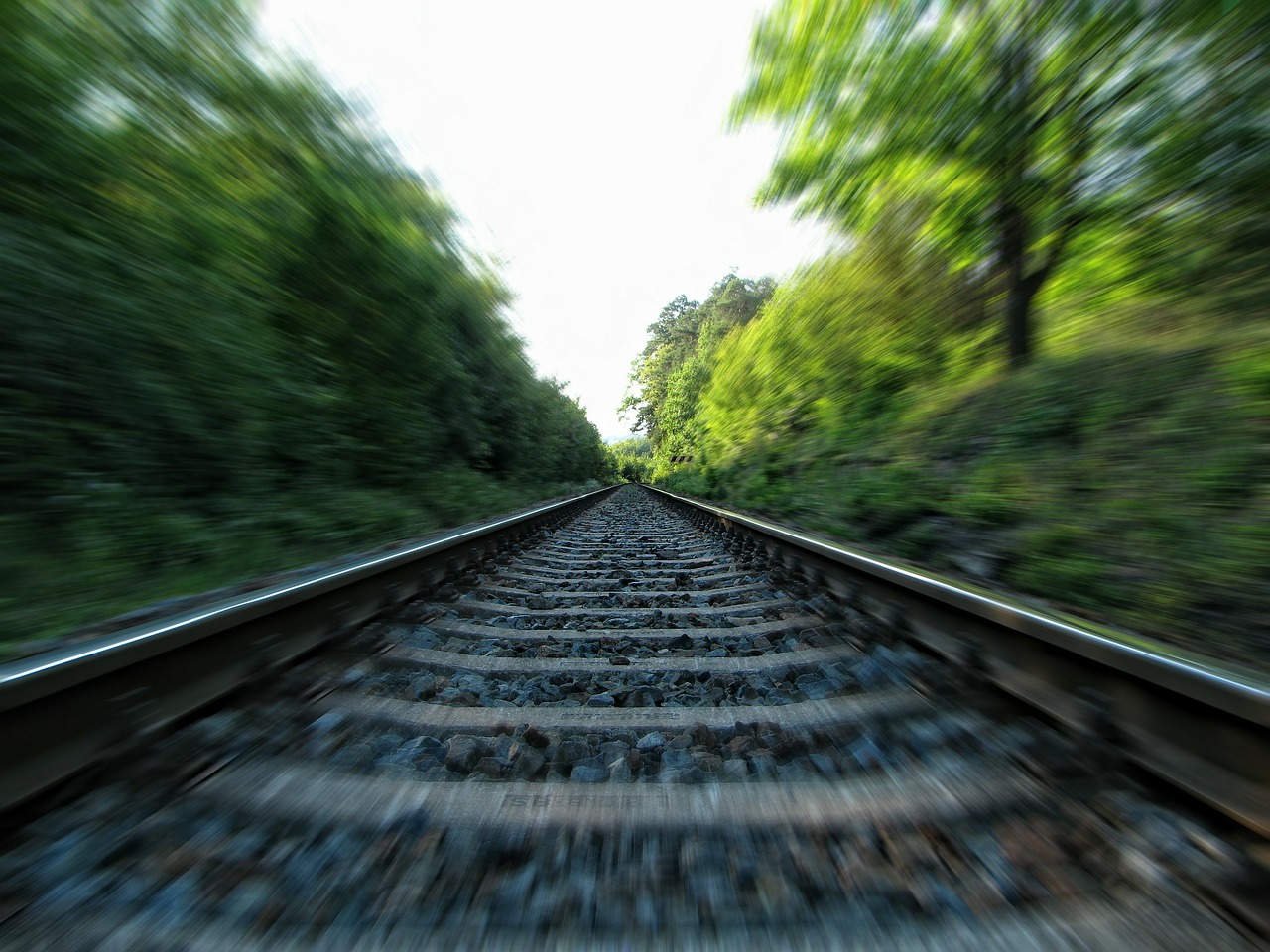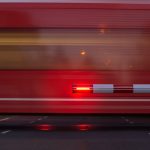T
hanks to technology, railway travel continues to grow faster and more efficient. Travelers enjoy added comfort and amenities on ever-expanding routes.
True to the railway industry’s hallmark innovation, tomorrow’s “driverless train” is even a reality in some cities.
But advances in railway technology also increase the need for safety, as trains carry more and more travelers at increasing speeds. To run smoothly under demand, modern smart trains use intelligent automation systems to regulate key systems. Intelligent railway design not only improves safety, but also saves time and lowers costs.
Automation in the railway industry uses predictive technology such as sensors, switches and logic controllers to regulate many critical systems. For example, these integrated systems collect and send travel information throughout the train’s journey that can help to prevent derailments and collisions.
Smart Maintenance
Derailments are not all that common, but they can be disastrous. Although there is no single cause, derailments can happen due to lack of maintenance of the roadbed, track and equipment.
Instead of manually inspecting tracks as in the past, track maintenance today is mostly automated using derailment detection devices. These sensors use movement and tilt to detect the possibility of train derailment before it happens.
With proper integration into the braking system of the train, the instrument will minimize damage in the event of a derailment by reducing the drag time of a derailed coach.
Derailment Detection
Before a derailment, the wheels of a train experience stress, which causes them to overheat. Significantly overheated wheels are likely to seize up and stop functioning, which leads to derailment or track damage.
Derailment detection systems monitor the possibility of derailment throughout the journey by sensing the temperature of the wheels.
Rail Traffic Control
Signal boxes are also an essential component of rail traffic control. The signal boxes operate at various signals and checkpoints, creating a safe path for each train.
On-board train location and detection systems tell trains the positions of other trains in proximity, greatly increasing safety on busy tracks.
Speed Monitoring and Control
Speed monitoring and control is another important tool for railway safety. Smart railway systems display train velocity for drivers and report speeds back to central control systems instantaneously.
These on-board monitoring systems communicate with remote signaling systems that use track conditions, safety switches and the presence of other trains to determine the need to halt a train or reduce its speed automatically.
Final Thoughts
All of these innovations reduce the risk of human errors, while improving the user experience through increased fluidity, connectivity and safety. They also result in better ROI for industry operators, thanks to limited technical breakdowns and predictive, automated maintenance.



